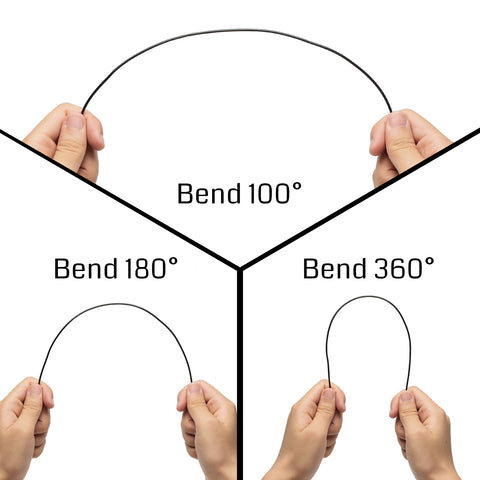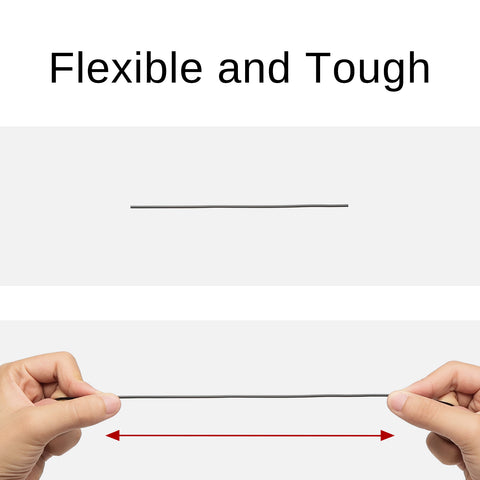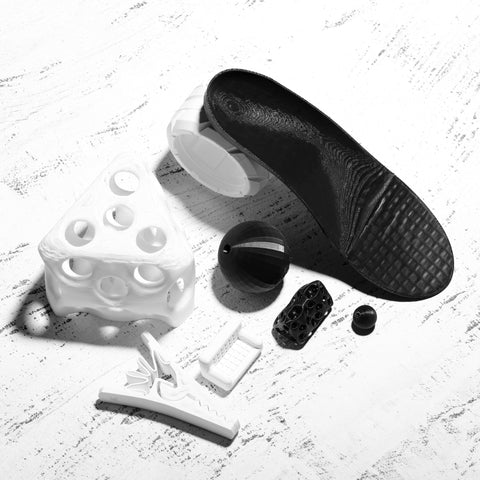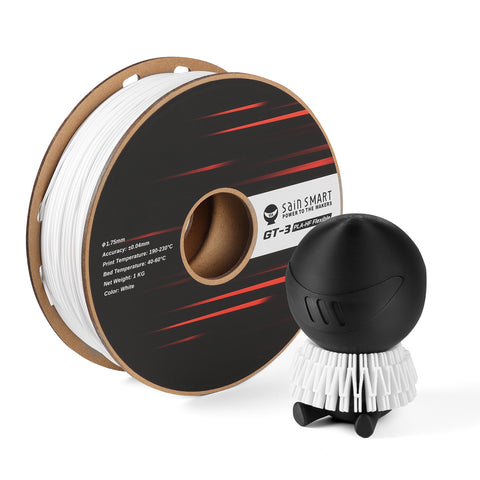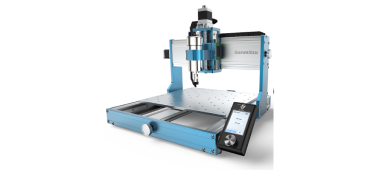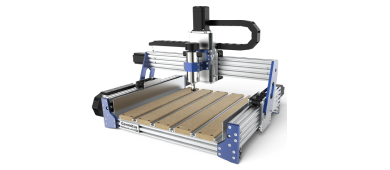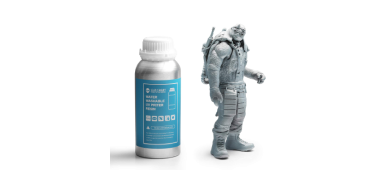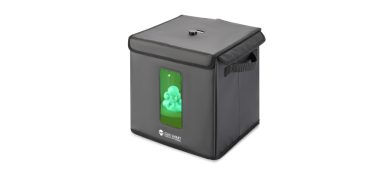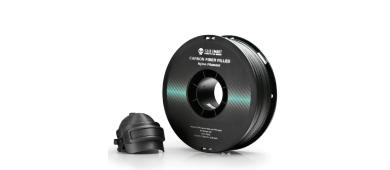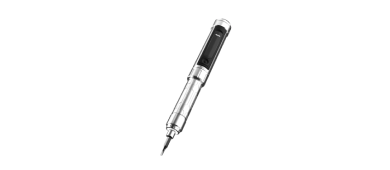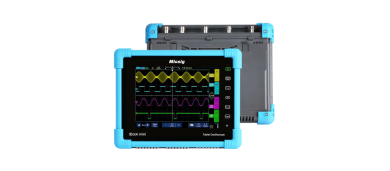GT-3 High Flowability Flexible PLA Filament 1.75mm, 1KG, ±0.04mm, Black/White

Printer Preparation: Clean and level the print bed. Improve bed adhesion by using adhesive like glue stick or painter's tape. Adjust the nozzle height to the recommended distance from the bed.
Temperature: For High Flowability Flexible PLA filament, print at 190°C - 230°C for the extruder and 40°C - 60°C for the print bed.
Post-Processing: Once printing is complete, let the print cool before removing it from the bed. Flexible PLA filament is more flexible when cool. Use a spatula or other tools to carefully remove the print. Clean any support material residue as necessary.
Fine-Tune: Experiment with temperature, speed, and flow rate to achieve optimal results for your printer and filament combination.
Specifications
- Filaments Diameter: 1.75mm
- Dimensional accuracy: ±0.04mm
- Highest Speed: 500mm/s
- Recommended Speed: 300mm/s
- Recommended Nozzle Temp: 190-230°C (374℉-446℉)
- Recommended Bed Temp: 40-60°C (104℉-140℉)
- Color: Black/White
High Compatibility
Compatible with Bambu Lab X1/ X1C and P1P/ AnkerMake M5/ Voron 2.4 / Flsun V400/ Creality K1/ K1 Max and Ender 7/QI DI X-Max3/X-Plus3/X-Smart3/ Raise 3D Pro 3 and RMF500.
Great printability
Lower Print Temperature: Flexible PLA generally prints at lower temperatures compared to many TPU formulations. This can make it easier to manage and avoid issues like overheating or clogging in the hotend.
Less Stringing: Flexible PLA is often less prone to stringing or oozing during printing, which can lead to cleaner and more accurate prints.
Less Warping: It can also have less warping compared to some TPU materials, making it more suitable for printing larger or taller models.
Easier Bed Adhesion: Flexible PLA might adhere more easily to print beds, reducing the need for special adhesion aids.
Lower Extrusion Force: Printing with Flexible PLA generally requires less extrusion force compared to TPU, which can be beneficial for printers with less powerful extruders.
However, it's important to note that the ease of printing can vary depending on the specific brand, formulation, and characteristics of the Flexible PLA and TPU materials. Additionally, TPU can be successfully printed with appropriate settings and techniques, but it might require more careful calibration and adjustments to prevent issues like over-extrusion or poor layer adhesion.
Overall, if ease of printing is a primary consideration, Flexible PLA might indeed be a more straightforward choice, especially for printers with direct extruders.
What's Different Between Flexible PLA and Flexible TPU?
| Aspect | Flexible PLA | Flexible TPU |
|---|---|---|
| Material Composition | Modified polylactic acid (PLA) with additives | Thermoplastic elastomer with polyurethane chains |
| Environmental Impact | Relatively more biodegradable | Synthetic material, potential biodegradability varies |
| Performance Characteristics | Slightly lower rebound resilience and durability | Outstanding elastic recovery, fatigue resistance |
| Application Fields | Moderate flexibility, not extreme fatigue resistance | High flexibility, excellent stretching, fatigue resistance |
| Examples of Applications | Light stress parts, decorations, etc. | Shoe soles, seals, elastic components, etc. |
Please note that the information provided is a general overview, and specific material properties and performance can vary based on different formulations and brands. Always consider the precise requirements of your application before making a material selection.
 |
|||||
| Type | GT-3 High-Speed Glossy PLA+ | GT-3 High-Speed Matte PLA | PLA Lite | GT-3 Flexible PLA | GT-3 Anti-bacteria TPU |
| Material | High Flow PLA+ | High-Flowing PLA | Modified PLA | Flexible PLA | TPU |
| Hardness | √√√ | √√√ | √√√ | √√ | √ 95A |
| Softness & Elasticity | √ | √ | √ | √√ | √√√ |
| Wear Resistance | √ | √ | √ | √√ | √√√ |
| Printability | √√√ | √√√ | √√√ | √√ | √ |
| Max Print Speed | 500mm/s | 500mm/s | 300mm/s | 500mm/s | 200mm/s |
| Recommended Extruder | Direct/Bowden | Direct/Bowden | Direct/Bowden | Direct/Bowden | Direct |
| Performance Features | Glossy, High Hardness | Matte finish, High Hardness | Cost-effective | Flexible, Easy to Print | High Rebound, High Flexibility |






